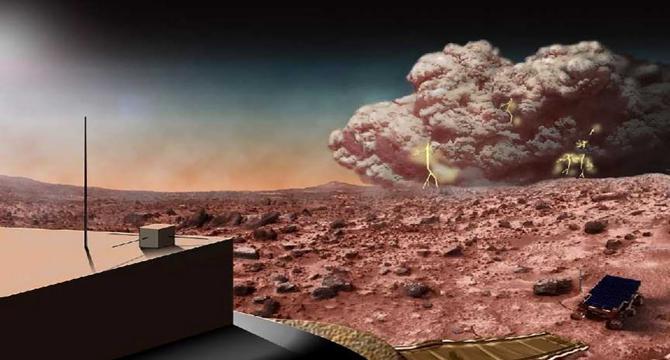Brighter Side of News
2d
266

Image Credit: Brighter Side of News
New study finds ancient Mars likely had rainfall, snow and flowing rivers
- Recent research suggests that ancient Mars had a climate capable of supporting rainfall, snow, and flowing rivers billions of years ago.
- Valley networks on Mars hint at a planet with an active climate and possibly precipitation, contrary to previous cold and icy climate models.
- The study used computer simulations to compare theories of ice melting versus precipitation in forming Martian valleys.
- Evidence points towards precipitation being the more likely scenario for the formation of valleys on Mars.
- The Noachian epoch, when these valleys formed, dates back 4.1 to 3.7 billion years, during a time when Mars received less sunlight.
- The study suggests that deep valleys on Mars required prolonged water flow, indicating a hydrologic cycle similar to Earth's.
- Simulations showed that valleys at various elevations on Mars matched more closely with the precipitation model than the ice-melt model.
- The findings imply that ancient Mars might have had habitable conditions and stable environments for potential microbial life.
- Studying Mars could provide insights into early Earth's conditions and the origins of life on our own planet.
- Future missions like NASA's Perseverance rover will further contribute to understanding Mars' past climate and potential for supporting life.
Read Full Article
15 Likes
For uninterrupted reading, download the app